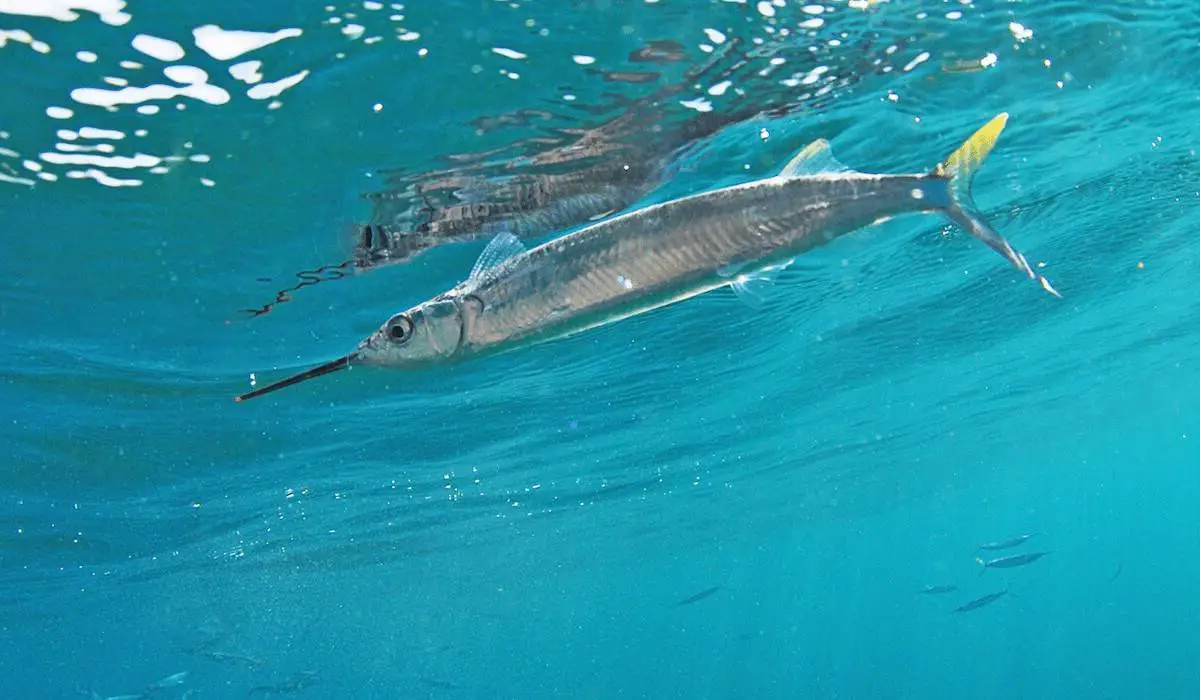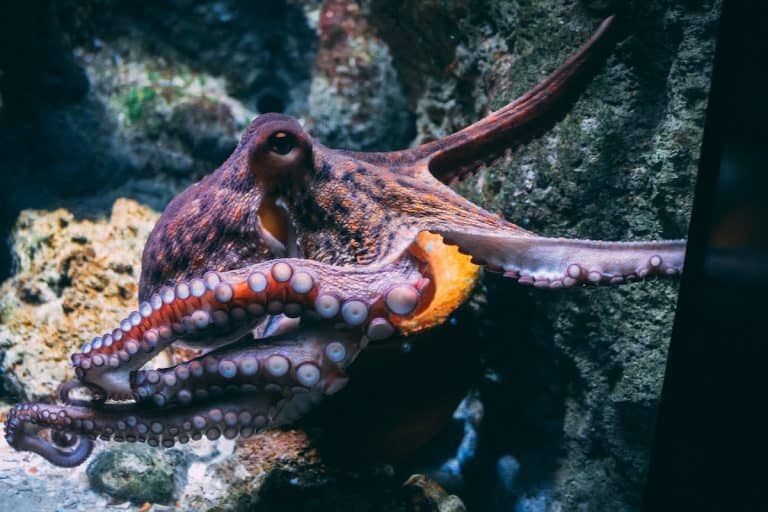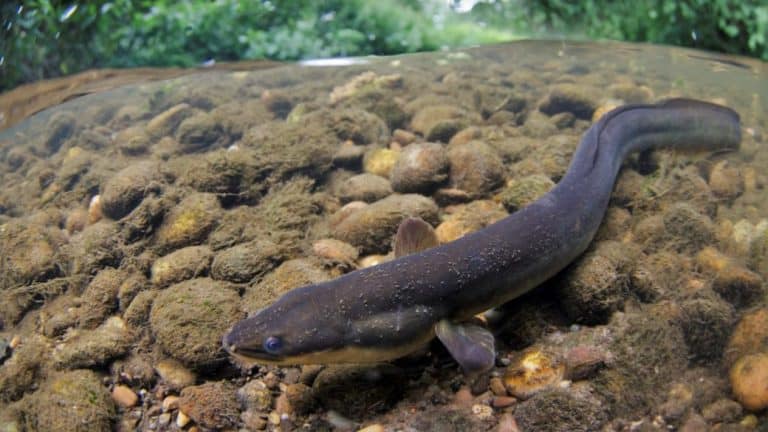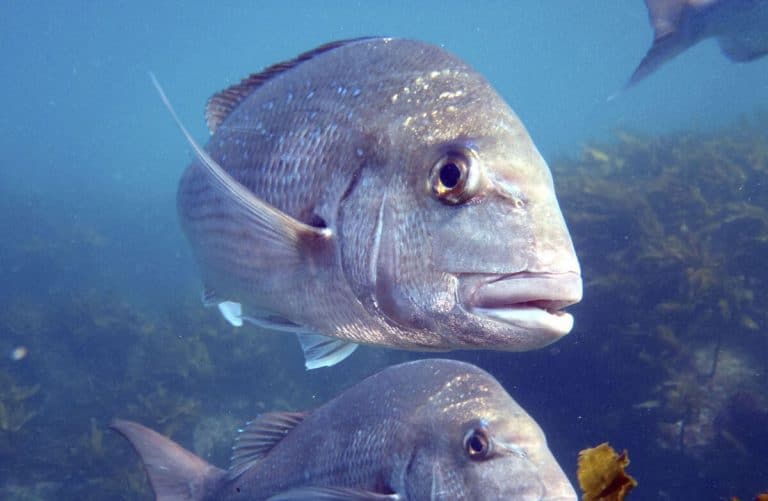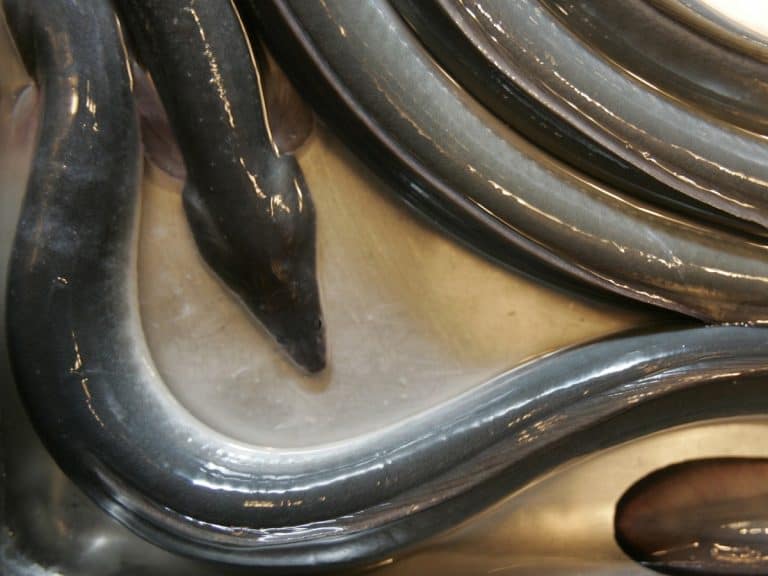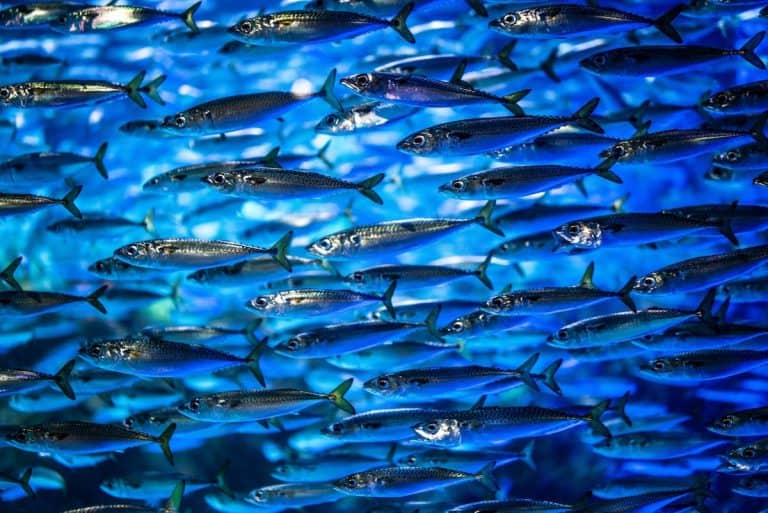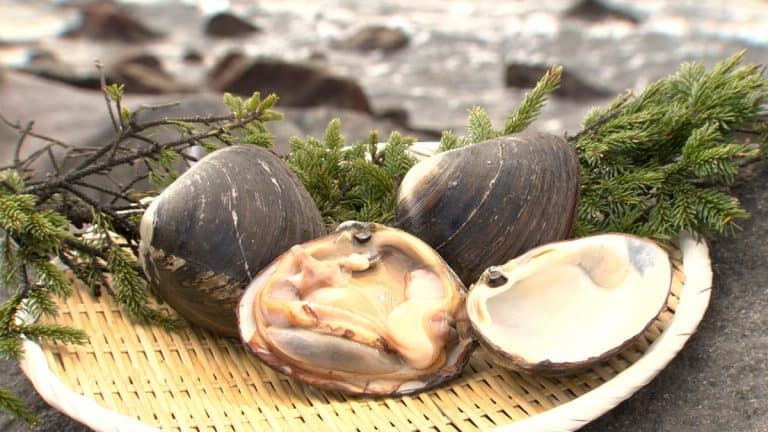Source: Wild
Mercury Risk: Unknown
Sayori, the Japanese halfbeak, or needlefish, is one of the oddest animals ever to grace the sushi counter. With their long slender bodies and what is perhaps the most pronounced underbite in the animal kingdom, this fish looks more like a writing implement than a food source. Even so, the halfbeak is a coveted item, and they are hauled out of the water in large masses to appease sushi patrons from New York to Nagasaki.
Sayori is found from the Yellow Sea east of Korea to the waters off Eastern Siberia, but historically they have been caught along the southern coasts of Japan. It occurs in large schools and is caught in the late winter and spring.
Sayori is just beginning to gain recognition in the United States, but it has been a traditional Japanese dish for centuries. In Japan the halfbeak is associated with the onset of spring and is served in a variety of forms, sashimi and nigiri being two of the most popular.
Very little is known about the health of the Japanese halfbeak fishery. We can take some comfort in the fact that the halfbeak is a small fish, almost never exceeding one foot in length, that matures quickly and breeds in large numbers. Still, without strong scientific data, it is irresponsible to claim that the fishery is sustainable. In fact, it has been all too common for fish like these, with their seasonal resurgences and seemingly limitless bounty, to be exploited into oblivion.
At this point, sayori is probably a better choice than many other items at the sushi bar. It is generally better to consume fish that eat low on the food chain, grow quickly, and die young rather than fish that eat at the top of the ecosystem, mature slowly, and live for many years. For example, it’s theoretically better to eat sayori than bluefin tuna. That being said, without a solid understanding of management and fishery dynamics, we must exercise temperance—enjoy sayori in moderation.
Casson Trenor
Casson Trenor is a frequent commentator on sustainable seafood issues. He has been featured in regional, national, and international media outlets, including CNN, NPR, Forbes, New York Times, Boston Globe, Christian Science Monitor, San Francisco Chronicle, Los Angeles Times, Seattle Times.

